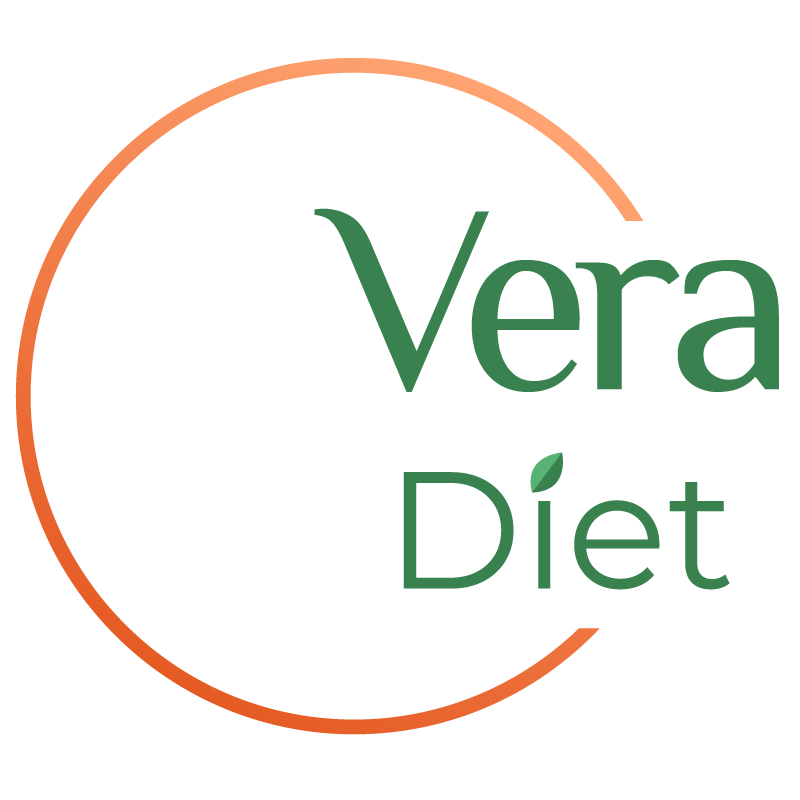Chocolate! Who doesn’t like it? Sweet heaven that comes in multiple disguises and that we often crave. My internet research told me that it’s healthy and unhealthy at the same time! But enough confusion, let’s take that info with a grain of sea salt and uncover together the mystery of Mr. sweet chocolate. I’ll explain what chocolate is made of, its nutrition as well as its health benefits.
Everything starts with cacao
Chocolate’s key ingredient is cacao. Cacao beans originate from Mexico where most likely they were consumed as a bitter cocoa drink. Today cacao trees grow in hot tropical countries including South America, Africa and some parts of Asia just like palm oil plantations. Cacao beans are harvested, dried, fermented(!) and then roasted, crushed and mixed to make cocoa liquor or mass (which can be separated into cocoa solids and cocoa butter).
Chocolate inside out
Chocolate can be dark, milk or white. Dark chocolate is made of cocoa solids, cocoa butter and sugar. Milk chocolate has less cocoa in it and more sugar plus milk powder. White chocolate is simply cocoa butter, sugar and milk powder. Chocolate standards are actually regulated by law. For example, in the EU, chocolate designates the product obtained from cocoa products and sugars which contains not less than 35 % total dry cocoa solids…(1) Sounds confusing, but it simply means that your chocolate has the right to call itself chocolate only if it meets certain criteria.
Chocolate can be plain, contain nuts, fruit and various fillings. It also often contains additives like soy lecithin and vanilla extract which are okay. But if you have more than 5 ingredients in a PLAIN chocolate bar then read it carefully, it might include something that shouldn’t be there like extra fats, syrop or additives you’ve never heard of. In this article I will mostly refer to dark chocolate, since it has the more nutritional interest. The more cocoa, the more benefits.
Snickers and other chocolate bars with fillings are actually not chocolate, they are chocolate bars meaning they contain some chocolate (usually it’s around 30%). So yes, they are too high in sugar, syrops, added fat and additives, so the chocolate nutrition and benefits I’ll talk about in the next parts WON’T apply to these chocolate bars.
Dark chocolate and nutrition
I will take dark chocolate with 70% cocoa content here as an example. First of all, 70% dark chocolate means that it is made of 70% of cocoa products: cocoa solids or mass and cocoa butter. The remaining 30% is usually sugar.
So, a 70% chocolate bar contains around 40% of fat. This fat comes from cocoa butter which is 1/3 unsaturated fatty acids (mostly oleic) and 2/3 saturated fatty acids (palmitic and stearic). Interestingly, a part of saturated stearic acid is converted into oleic unsaturated fatty acid in our bodies, so overall fatty acid profile of chocolate isn’t that bad. Although 40g of fat per 100g is A LOT.
Second most important nutrient in dark chocolate is carbohydrates. In a 70% chocolate you should have 30g of pure sugar per 100g, but there are a few additional grams of complex carbohydrates coming from the cocoa mass. Again if you take a portion of chocolate and not the whole tablet, the sugar amount is moderate. Another interesting fact, 70% chocolate has a LOW glycemic index which means it won’t spike your blood sugar like most other sweets.
Protein content varies but it usually amounts to 7-11 g per 100g. A recommended portion wouldn’t contain much protein, but regardless, it’s another proof that chocolate (cacao) is not just fat and sugar.
Cocoa mass actually contains soluble fiber. 70% chocolate has around 11g (!) of fiber per 100g. Even per portion it will be several grams of fiber which is good news.
Minerals, antioxydants and other substances
Dark chocolate is high in iron (11 mg(!), basically the RDI per 100g), magnesium and potassium. It’s also rich in antioxidants (flavonoids) although to rip the max benefits you’d have to consume much more than a recommended portion size (2). Cocoa also contains an essential amino acid called tryptophan that we need to synthesize serotonin, the so-called happiness hormone. At the same time cocoa contains some caffeine and is rich in theobromine. Fun fact, it is because of theobromine that animals can’t have chocolate. This substance is very toxic to them (fortunately, not to humans!). So keep an eye on those chocolate bars if you have a pet around.
Dark VS Milk chocolate
Milk chocolate contains more sugar (around 50g per 100g) and around the same amount of fat as in dark chocolate (maybe a bit less) since a small part of it comes from milk. Since cocoa itself is the ingredient has most of the nutrition and health benefits, milk chocolate has much less of it (around 30%), then it has much less benefits. Although today we have milk chocolate with a high cocoa content which can be interesting to vary dark chocolate.
And white chocolate doesn’t contain any cocoa powder, just cocoa butter, so its name is just symbolical. Cocoa and dark chocolate do have nutrition interest and now let’s look at their potential health benefits.
Chocolate and its impact on health
Chocolate enhances brain function
Multiple studies suggest that cocoa and chocolate improve cognitive function (3, 4). This is due to the theobromine and flavonoids (antioxidants) in cocoa. As I already mentioned, it also brightens the mood! Of course the effects are not huge, but in these studies, students did better on their memory test, so I’d say it’s worth trying.
Cholesterol levels and heart health
There is also research suggesting that dark chocolate consumption improves lipid profile. In any case, dark chocolate in reasonable amounts and as a part of a healthy diet has potential in lowering oxidized LDL-cholesterol thanks to high amounts of antioxidants and it doesn’t alter heart health parameters (5).
How much of this goodness?
A serving size of chocolate is 20-30g. It’s slightly less than 1/3 of a 100g chocolate bar, which is…not that bad. Of course you can have less 😀 But by having more you risk to consume too many calories, because yes, chocolate is very caloric.
Does chocolate create addiction?
It might. Highly palatable foods that contain a combo of fat and sugar can create addiction. And chocolate is one of the common addictive foods (6). The thing is that after eating our brain releases a reward hormone called dopamine. And by having foods high in sugar and fat we get more reward, so we might crave more later on. One study suggests that the more sugar contained chocolate, the more addictive it was (7). The most important part is not to let it become an eating disorder which involves stress, anxiety and guilt around food. Whereas a healthy eating pattern allows cravings and pleasure without feeling guilty. So, please, ENJOY every piece of chocolate and every food you eat, you are nurturing your body and mind.
Practically speaking
Chocolate is not just a candy. Good-quality dark chocolate has nutrition and health benefits. It’s high in fat, moderate in sugar and rich in fiber, minerals and antioxidants. It may help you with brain function and heart health. I recommend consuming 70-85% dark chocolate in reasonable amounts (a serving size=20-30g) to get most of its benefits without consuming too many calories. Go for a good one without weird additives or just stick to a brand that you really trust. And if you are tired of dark chocolate, go for a milk chocolate with high cocoa content (over 40%). Or just pick a good quality milk chocolate where sugar is NOT the first ingredient on the list. Of course you can occasionally consume other types of chocolate but consider them a treat. In any case, don’t forget to enjoy this goodness!
Sources
- https://eur-lex.europa.eu/legal-content/EN/TXT/HTML/?uri=CELEX:32000L0036&from=EN
- https://www.vox.com/science-and-health/2017/10/18/15995478/chocolate-health-benefits-heart-disease
- https://pubmed.ncbi.nlm.nih.gov/31744119/
- https://pubmed.ncbi.nlm.nih.gov/15549276/
- https://pubmed.ncbi.nlm.nih.gov/32545478/
- https://www.health.harvard.edu/blog/can-you-become-addicted-to-chocolate-201302145903
- https://www.ncbi.nlm.nih.gov/pmc/articles/PMC6471517/



Thank you so much for that Vera!! Very informative and yet easy to read!